Home>Home Appliances>Kitchen Appliances>How To Use A Milk Frother On An Espresso Machine
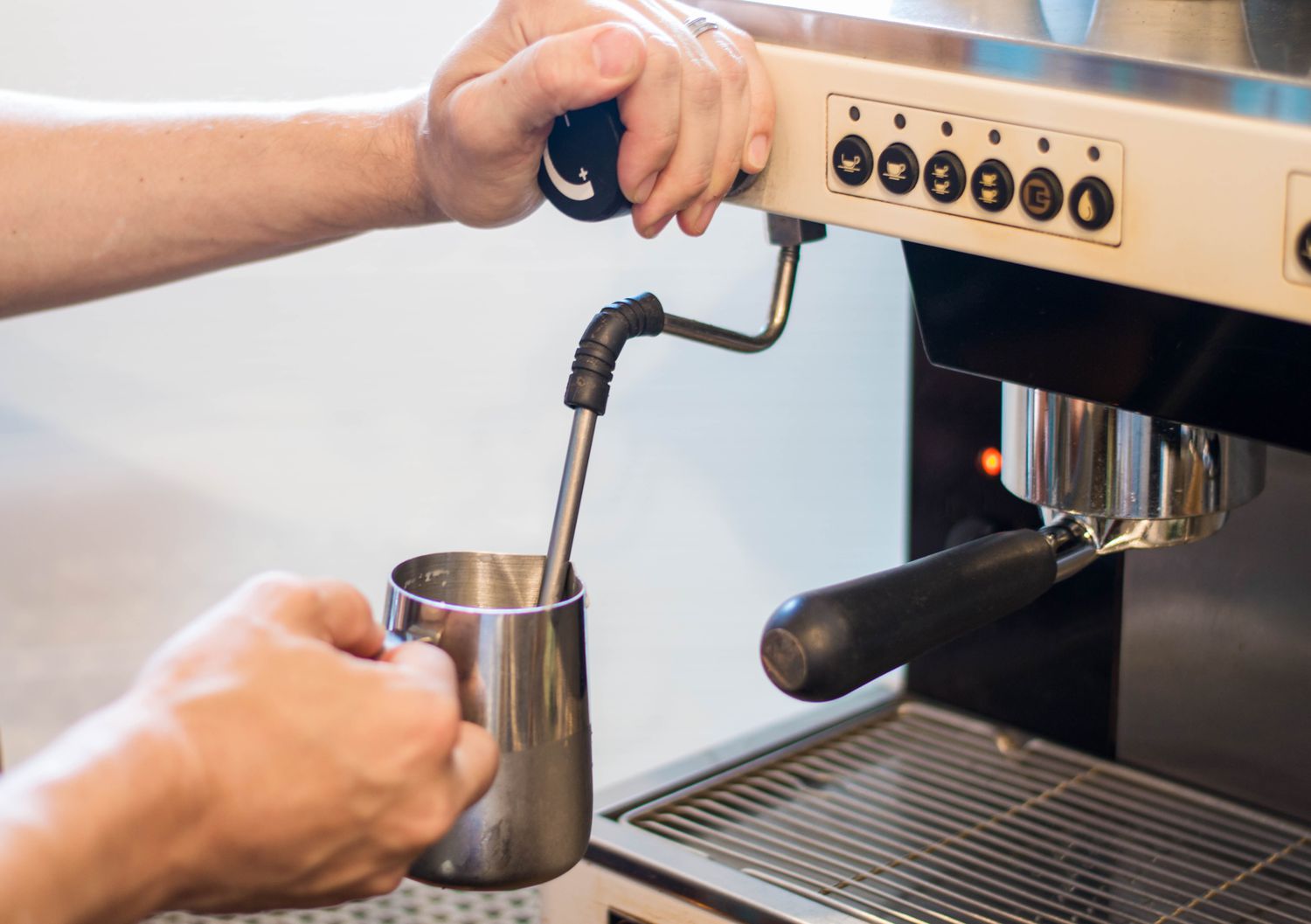

Kitchen Appliances
How To Use A Milk Frother On An Espresso Machine
Modified: January 6, 2024
Learn how to use a milk frother on your espresso machine to create delicious coffee drinks at home. Find step-by-step instructions and tips for using kitchen appliances.
(Many of the links in this article redirect to a specific reviewed product. Your purchase of these products through affiliate links helps to generate commission for Storables.com, at no extra cost. Learn more)
Introduction
So, you've just invested in an espresso machine and are eager to savor the rich, velvety texture of a perfectly frothed milk topping on your favorite espresso-based drinks. Understanding how to use a milk frother in conjunction with your espresso machine is a crucial step toward mastering the art of crafting café-quality beverages at home.
A milk frother is a pivotal tool for transforming ordinary milk into a luxurious, creamy foam that complements the robust flavors of espresso. Whether you're aiming to create a classic cappuccino, a velvety latte, or an indulgent macchiato, mastering the art of frothing milk is essential for achieving the perfect balance of flavors and textures in your homemade espresso beverages.
In this comprehensive guide, we'll delve into the nuances of using a milk frother on an espresso machine, offering valuable insights and practical tips to help you elevate your home coffee-making experience. From understanding the different types of milk frothers to mastering the frothing process and ensuring proper maintenance, this guide is designed to equip you with the knowledge and skills needed to achieve barista-worthy results in the comfort of your own kitchen.
So, grab your favorite mug and get ready to embark on a journey into the world of milk frothing, where the delightful aroma of freshly brewed espresso and the velvety smoothness of frothed milk await. Let's dive in and uncover the secrets to achieving the perfect froth for your espresso-based masterpieces.
Key Takeaways:
- Mastering the art of using a milk frother on an espresso machine empowers you to create personalized coffee creations with velvety foam or creamy smoothness, enhancing your at-home coffee experience.
- Regular cleaning and maintenance of your milk frother ensures consistently delightful frothed milk, preserving its functionality and enhancing the overall experience of crafting delectable coffee beverages at home.
Understanding Milk Frothers
Milk frothers come in various types, each offering unique features and capabilities to cater to different preferences and needs. Understanding the distinctions between these frothers is essential for selecting the most suitable option for your espresso machine and desired coffee beverages.
Types of Milk Frothers:
- Manual Frothers: These handheld devices typically consist of a plunger and a mesh screen, allowing you to manually froth milk by plunging the screen into a container of heated milk. While manual frothers require some physical effort, they provide a hands-on approach to frothing and offer portability for coffee enthusiasts on the go.
- Electric Frothers: Electric frothers, also known as automatic frothers, are countertop appliances that streamline the frothing process with the push of a button. They often feature various settings for different froth densities and are ideal for those seeking convenience and consistency in milk frothing.
- Steam Wand Frothers: Integrated into espresso machines, steam wand frothers use steam to heat and froth milk directly in a pitcher. These frothers are favored by those who prioritize authenticity and enjoy the hands-on experience of frothing milk while preparing espresso-based drinks.
When selecting a milk frother for use with your espresso machine, consider factors such as ease of use, frothing speed, maintenance requirements, and the desired froth consistency for your favorite beverages.
Key Considerations:
Understanding the distinctions between these frothers is essential for selecting the most suitable option for your espresso machine and desired coffee beverages.
Now that we've explored the different types of milk frothers, let's delve into the art of using a milk frother on an espresso machine to create the perfect froth for your favorite coffee concoctions.
Using a Milk Frother on an Espresso Machine
Integrating a milk frother with your espresso machine opens up a world of possibilities for crafting a diverse range of coffee beverages. Whether your espresso machine is equipped with a built-in steam wand frother or you use a standalone electric frother, the process of frothing milk to perfection remains a fundamental step in creating luscious, café-quality drinks.
Using a Steam Wand Frother:
If your espresso machine features a steam wand frother, the process begins by filling a stainless steel pitcher with the desired amount of cold milk. Position the steam wand tip just below the surface of the milk and activate the steam function. As the steam wand introduces heat, position the pitcher at an angle to create a whirlpool effect, ensuring even heat distribution and optimal froth texture. Once the milk reaches the desired temperature, typically around 150°F (65°C), and achieves a velvety microfoam consistency, deactivate the steam wand and wipe it clean with a damp cloth.
Using an Electric Frother:
For those utilizing standalone electric frothers, the process involves pouring the desired amount of cold milk into the frothing pitcher, selecting the appropriate froth density setting, and activating the frother. The appliance will then heat and froth the milk to the specified consistency, providing a hassle-free approach to achieving creamy, frothed milk for your espresso-based creations.
Regardless of the type of milk frother you use, it’s essential to ensure that the milk is fresh and of high quality, as this greatly impacts the flavor and texture of the frothed milk. Additionally, experimenting with different milk varieties, such as whole milk, 2% milk, almond milk, or oat milk, can yield diverse flavor profiles and frothing characteristics, allowing you to tailor your beverages to your preferences.
Mastering the art of using a milk frother on an espresso machine involves practice and experimentation to achieve the perfect balance of creamy froth and silky smoothness, enhancing the overall coffee-drinking experience.
Now that we’ve explored the process of using a milk frother on an espresso machine, let’s delve into essential tips for frothing milk and achieving barista-worthy results in the comfort of your home.
When using a milk frother on an espresso machine, make sure to use cold milk for the best frothing results. Cold milk creates more foam and texture compared to warm milk.
Tips for Frothing Milk
Mastering the art of frothing milk is an essential skill for creating delectable espresso-based beverages. Whether you’re aiming to achieve a velvety microfoam for a cappuccino or a smooth, creamy texture for a latte, incorporating the following tips into your milk frothing routine can elevate the quality of your homemade coffee creations.
Use Cold Milk:
Starting with cold milk is crucial for achieving optimal frothing results. Cold milk allows for better aeration and texture development during the frothing process, resulting in a creamy and consistent microfoam that enhances the overall mouthfeel of your beverages.
Positioning and Angle:
When using a steam wand frother, positioning the steam wand tip just below the surface of the milk at a slight angle can create a whirlpool effect, promoting even heat distribution and uniform froth formation. This technique helps achieve a velvety texture and prevents large bubbles from forming, resulting in a smoother, more refined froth.
Texture Customization:
Experimenting with different froth densities and textures allows you to customize your beverages to suit your preferences. For a cappuccino, aim for a drier, denser foam, while a latte benefits from a creamier, silkier texture. Electric frothers often offer multiple settings for froth customization, providing flexibility in tailoring the froth to complement specific coffee drinks.
Milk Quality and Fat Content:
The fat content of the milk greatly influences the frothing process and the resulting texture. Whole milk tends to produce a richer and creamier froth, while lower-fat varieties may yield a lighter and airier texture. Exploring different milk types can lead to delightful variations in flavor and mouthfeel, allowing you to discover the perfect match for your preferred espresso-based beverages.
Temperature Monitoring:
Monitoring the milk’s temperature during the frothing process is crucial for achieving the ideal froth consistency. The recommended temperature range for frothed milk is approximately 150°F (65°C), as this ensures a harmonious blend of sweetness and smoothness without scalding the milk or compromising its flavor profile.
By incorporating these tips into your milk frothing routine, you can refine your skills and embark on a journey of crafting consistently exceptional coffee beverages at home. Now, let’s explore the essential practices for cleaning and maintaining your milk frother to ensure its longevity and optimal performance.
Cleaning and Maintenance
Proper cleaning and maintenance of your milk frother are essential for preserving its functionality and ensuring the longevity of this indispensable tool in your coffee-making repertoire. Regular upkeep not only safeguards the quality of your frothed milk but also contributes to the overall hygiene and performance of your espresso machine and associated accessories.
After Each Use:
After frothing milk, it is crucial to promptly clean the frothing wand or pitcher to prevent milk residue from hardening and compromising future frothing sessions. Wipe the steam wand with a damp cloth to remove any milk remnants, ensuring that no residue is left to dry and adhere to the wand. For standalone electric frothers, follow the manufacturer’s guidelines for cleaning the frothing pitcher and associated components.
Weekly Cleaning:
Perform a more thorough cleaning of the milk frother at least once a week to prevent the buildup of milk proteins and fats, which can harbor bacteria and affect the flavor of frothed milk. Disassemble the frother components, such as the frothing wand, if applicable, and soak them in a solution of warm water and mild detergent. Gently scrub the components to remove any residual milk deposits, then rinse and dry them thoroughly before reassembling the frother.
Descale Regularly:
If your espresso machine features a steam wand frother, it is essential to descale the wand periodically to remove mineral deposits that can accumulate from the steam and water. Descaling solutions designed for espresso machines can effectively dissolve and remove mineral buildup, ensuring that the steam wand functions optimally and maintains its frothing performance.
Storage Considerations:
When not in use, store the milk frother and its components in a clean and dry environment to prevent the growth of mold or mildew. Ensure that all parts are completely dry before reassembling or storing the frother to prevent moisture-related issues.
By incorporating these cleaning and maintenance practices into your coffee-making routine, you can prolong the lifespan of your milk frother and enjoy consistently delightful frothed milk for your favorite espresso-based beverages. Now, with a comprehensive understanding of using and maintaining a milk frother, you are well-equipped to embark on a journey of elevating your home coffee-making experience to new heights.
Conclusion
Embarking on the journey of mastering the art of using a milk frother on an espresso machine opens up a world of possibilities for indulging in café-quality coffee beverages within the comfort of your own home. From understanding the nuances of different types of milk frothers to honing your frothing techniques and implementing proper maintenance practices, this comprehensive guide has equipped you with the knowledge and skills needed to elevate your coffee-making experience.
By delving into the intricacies of milk frothing, you’ve gained insights into the diverse textures and flavors that can be achieved through the frothing process, allowing you to tailor your beverages to your unique preferences. Whether you prefer the dense, velvety foam of a cappuccino or the creamy smoothness of a latte, the art of frothing milk empowers you to craft personalized coffee creations that rival those of your favorite cafés.
Furthermore, the tips and techniques shared in this guide have provided you with the tools to achieve consistently exceptional results, enabling you to savor the delightful aromas and luxurious textures of expertly frothed milk paired with rich, aromatic espresso. As you continue to refine your skills and experiment with various milk types and frothing methods, you’ll uncover new dimensions of flavor and indulgence, enriching your coffee-drinking rituals and delighting your senses with each impeccably crafted cup.
Moreover, the emphasis on cleaning and maintaining your milk frother underscores the importance of preserving its functionality and ensuring the longevity of this indispensable tool. By incorporating regular cleaning and maintenance practices into your coffee-making routine, you can uphold the performance and hygiene of your milk frother, safeguarding the quality of your frothed milk and enhancing the overall experience of crafting delectable coffee beverages.
Armed with the knowledge and expertise gained from this guide, you are well-prepared to embark on a journey of creativity and exploration, infusing your home coffee-making endeavors with a touch of artistry and sophistication. As you immerse yourself in the world of milk frothing, may each frothed milk masterpiece you create bring joy, satisfaction, and a sense of accomplishment, enriching your daily rituals and delighting your taste buds with every luxurious sip.
So, go forth with confidence, embrace the pleasures of frothing milk, and savor the boundless possibilities of creating exquisite espresso-based beverages that reflect your unique tastes and preferences. The world of milk frothing awaits, ready to elevate your coffee-making adventures to extraordinary heights.
Frequently Asked Questions about How To Use A Milk Frother On An Espresso Machine
Was this page helpful?
At Storables.com, we guarantee accurate and reliable information. Our content, validated by Expert Board Contributors, is crafted following stringent Editorial Policies. We're committed to providing you with well-researched, expert-backed insights for all your informational needs.
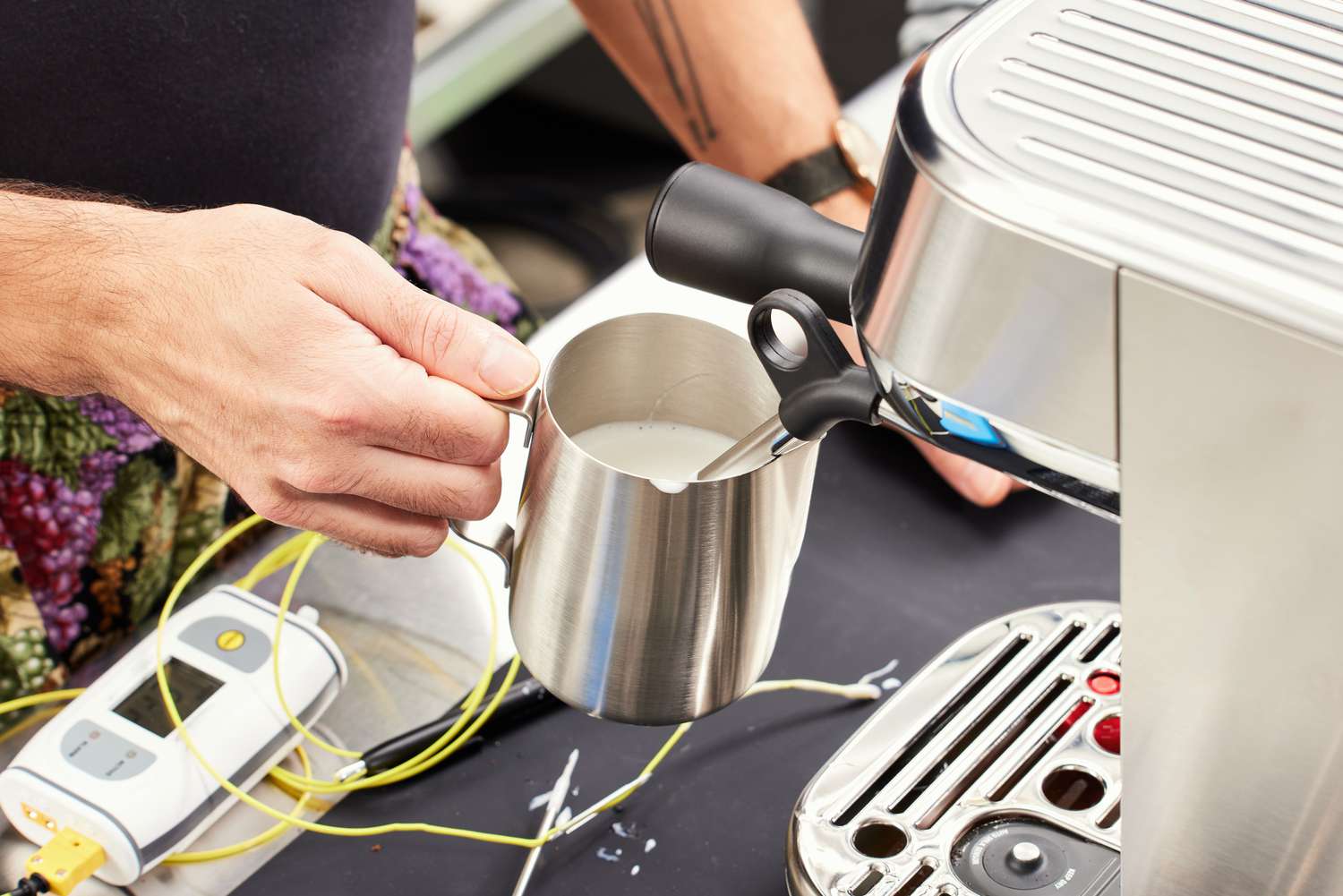
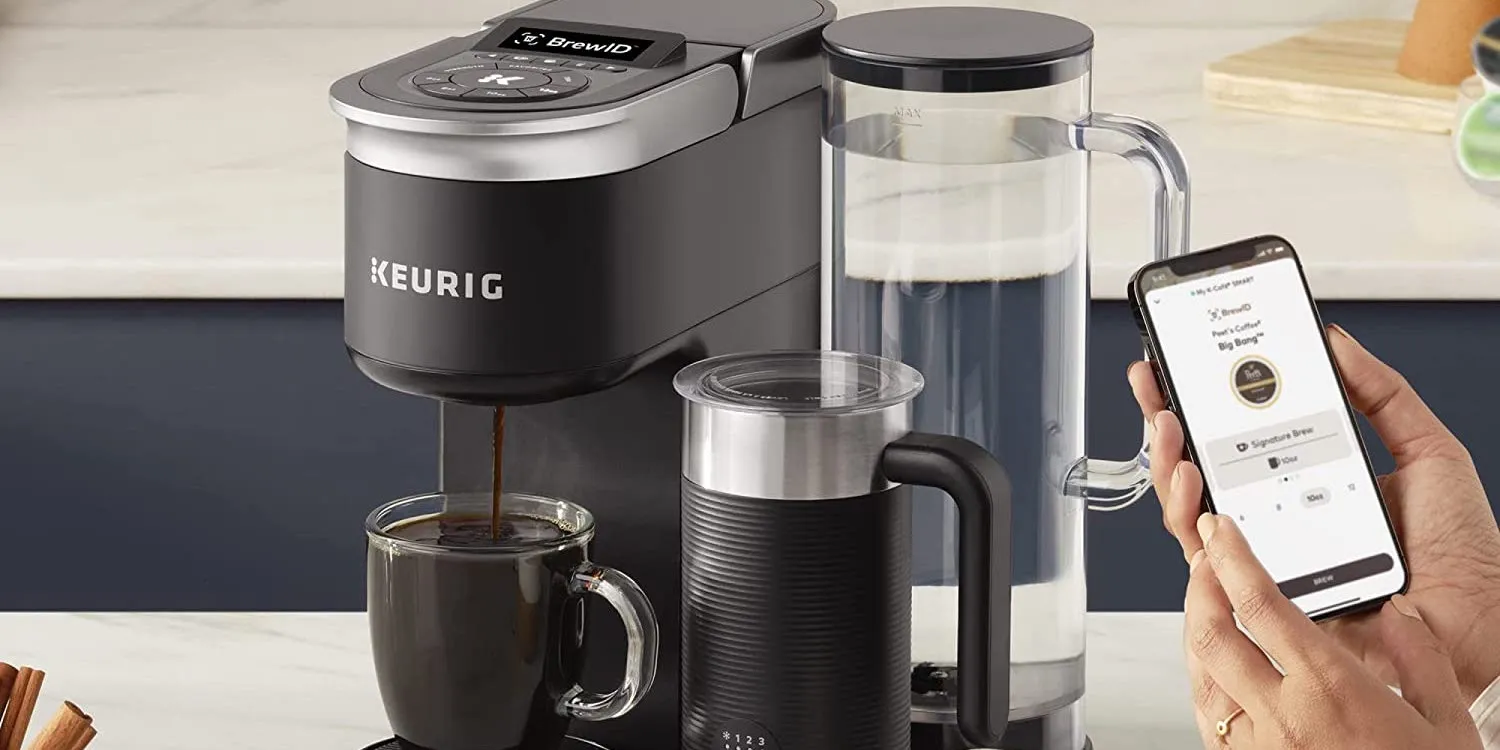
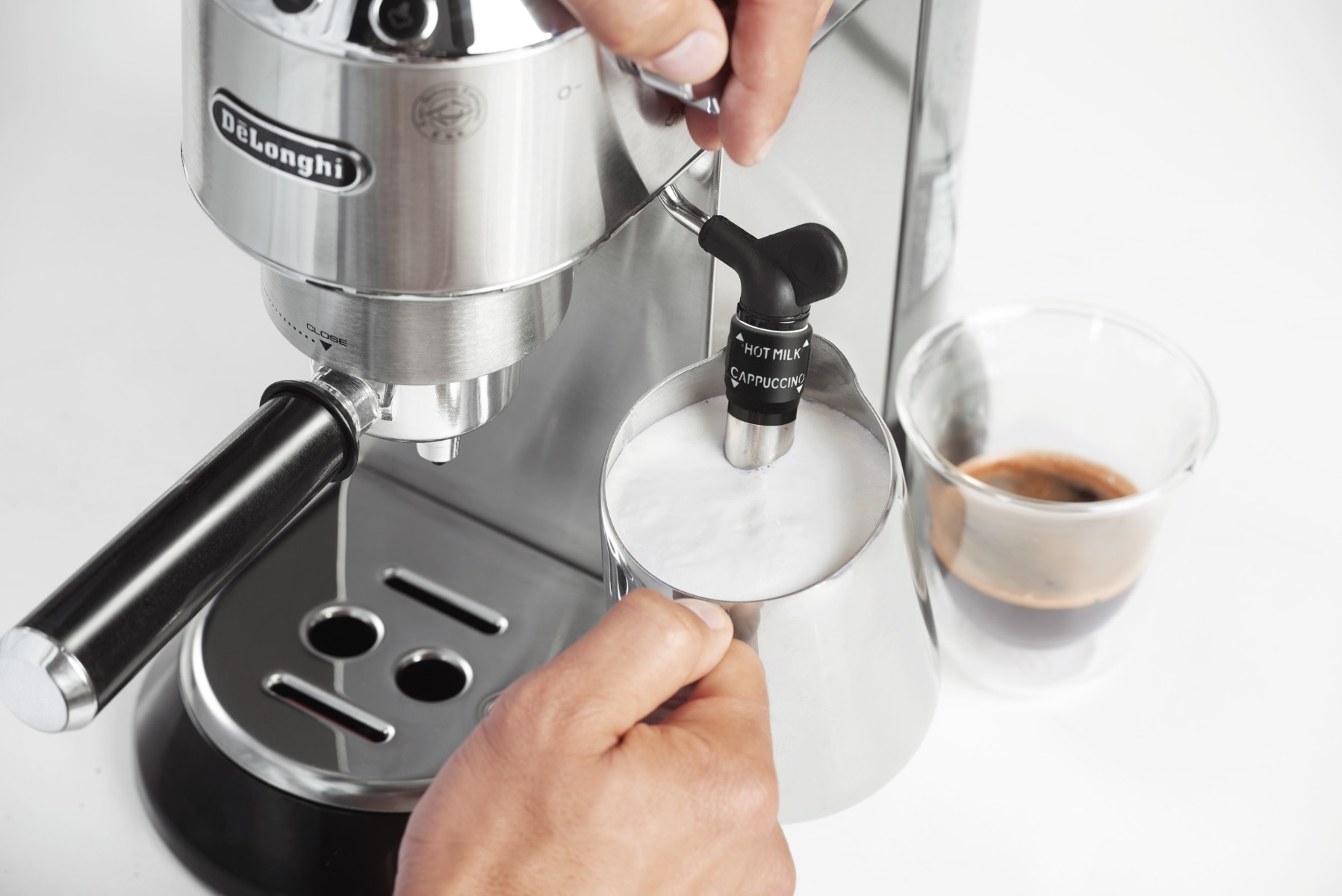
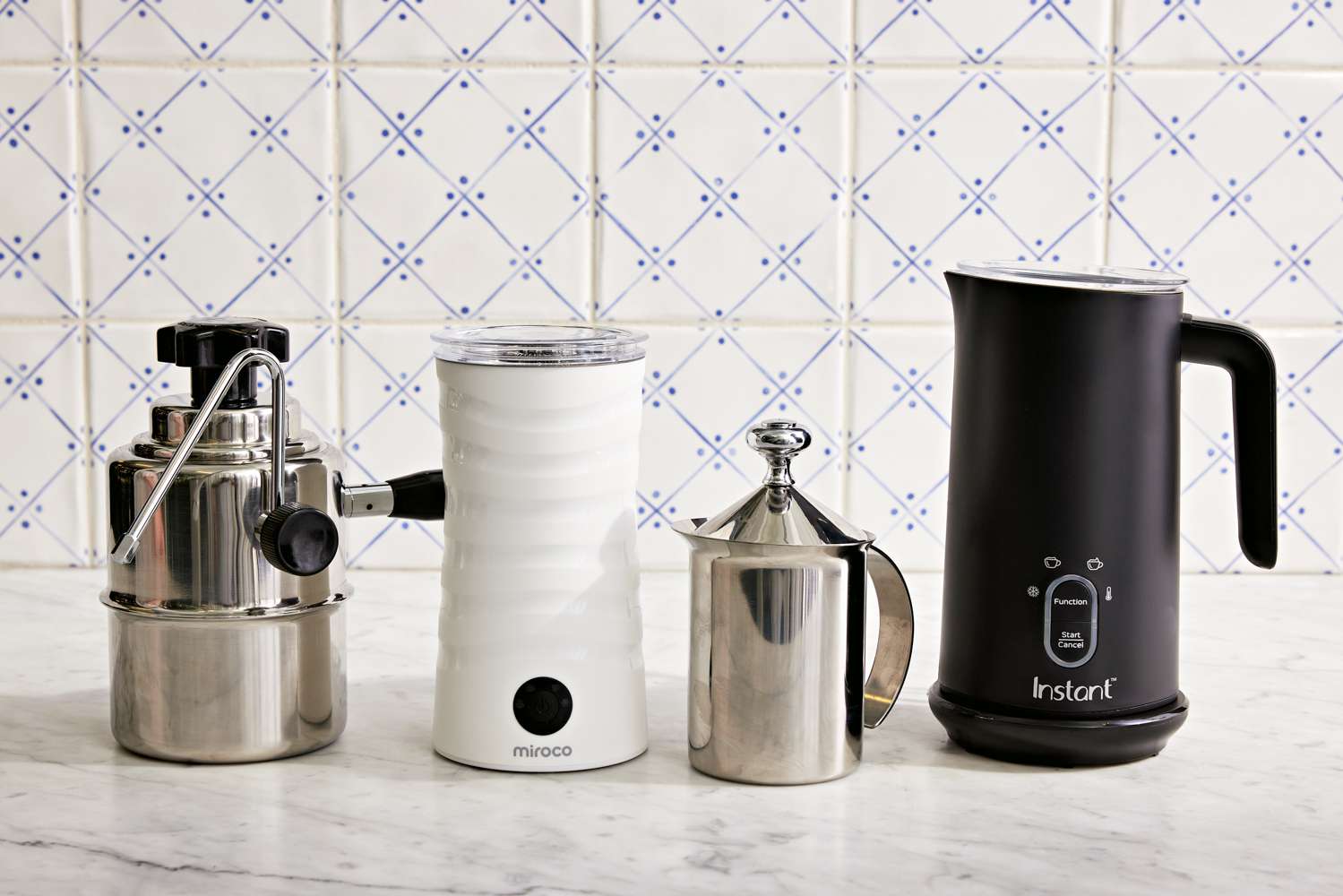
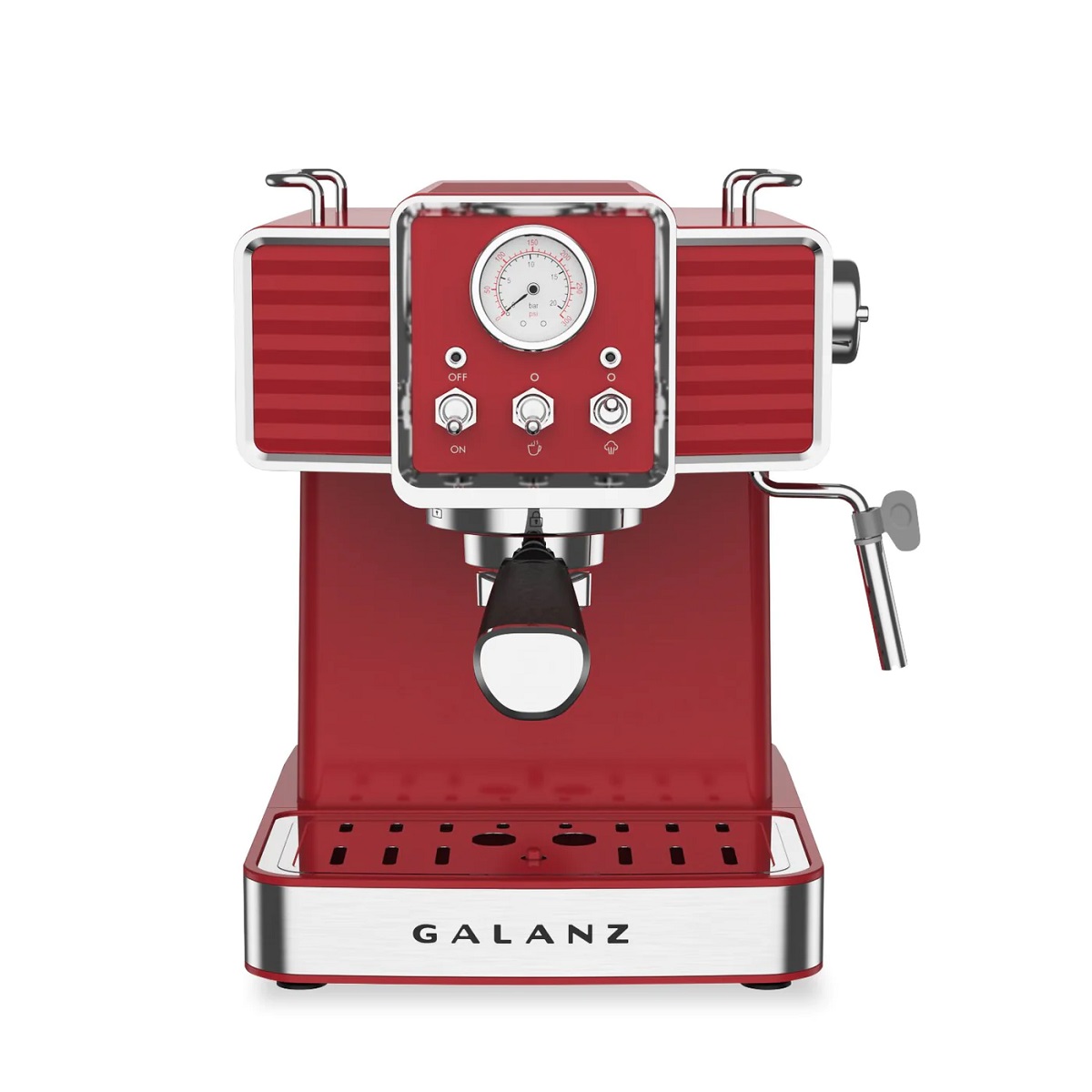
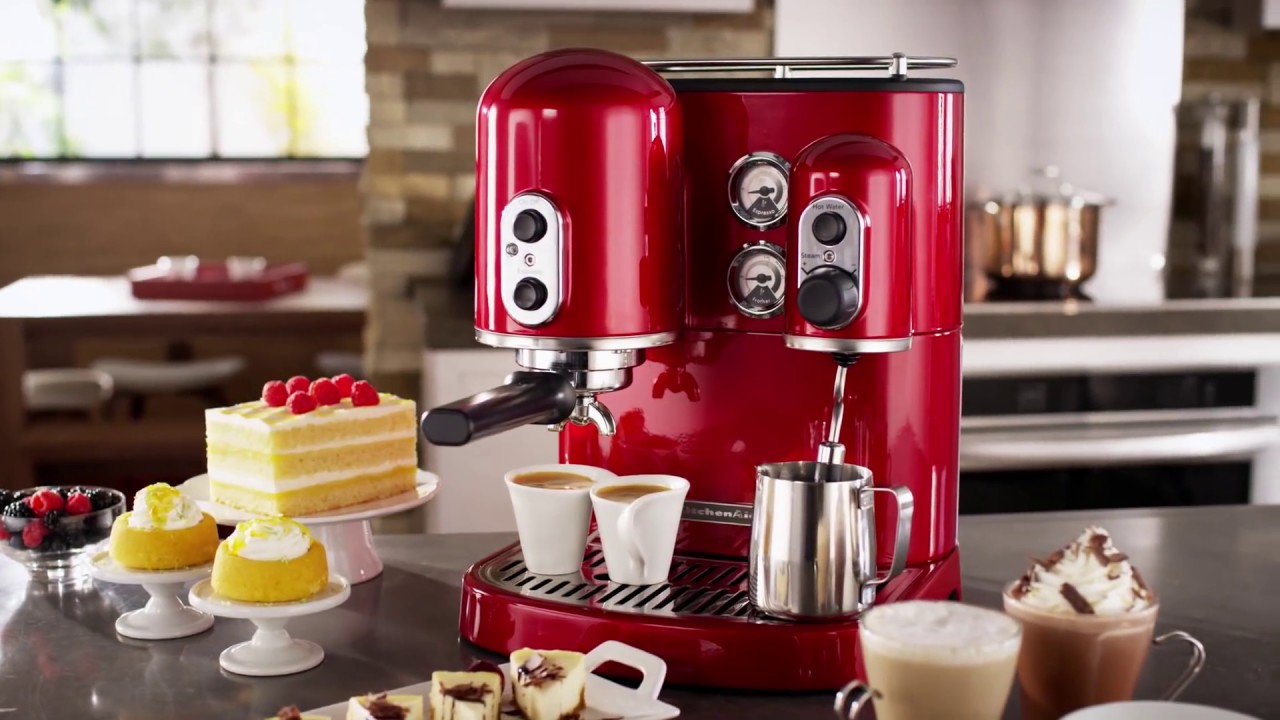
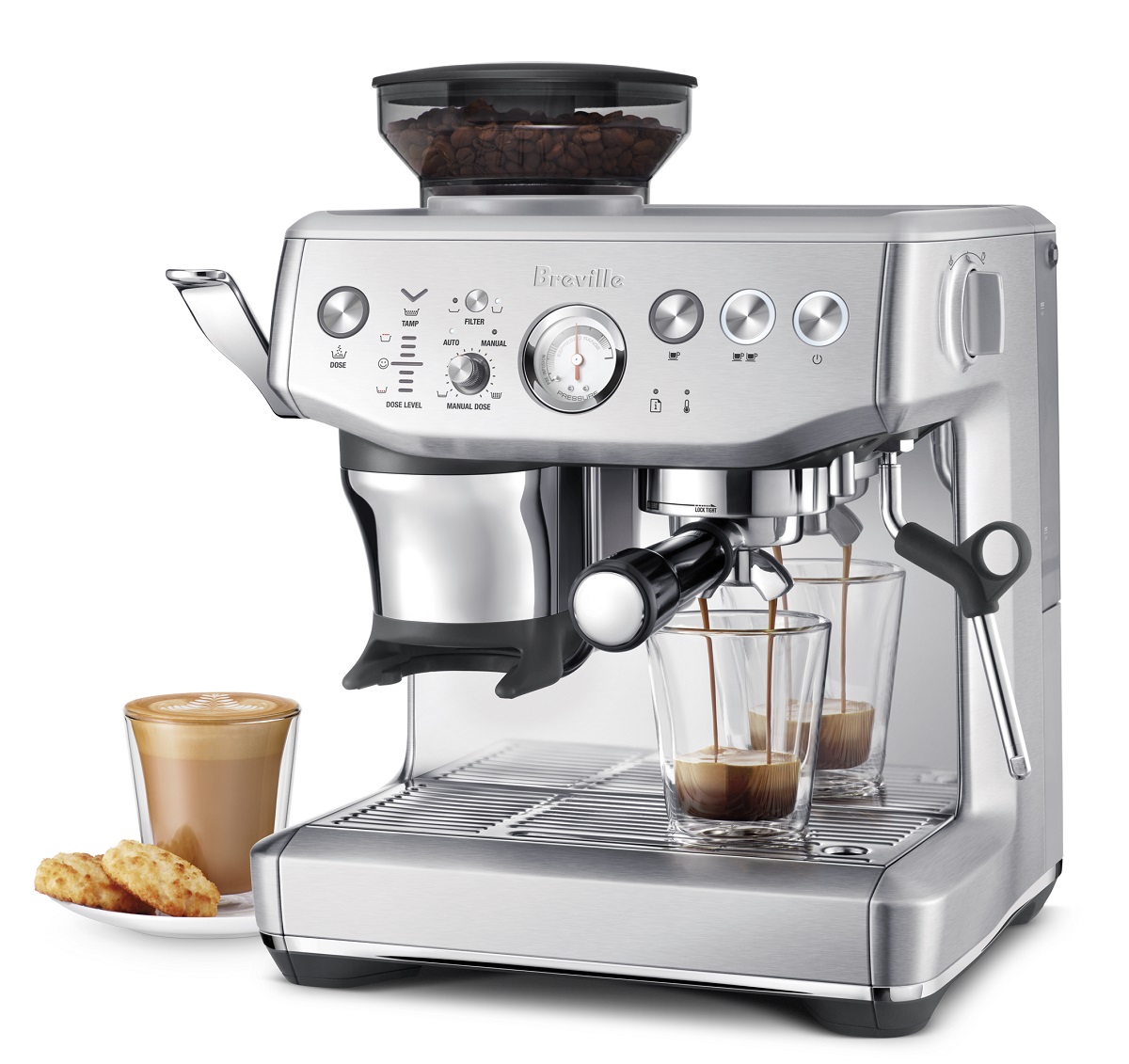
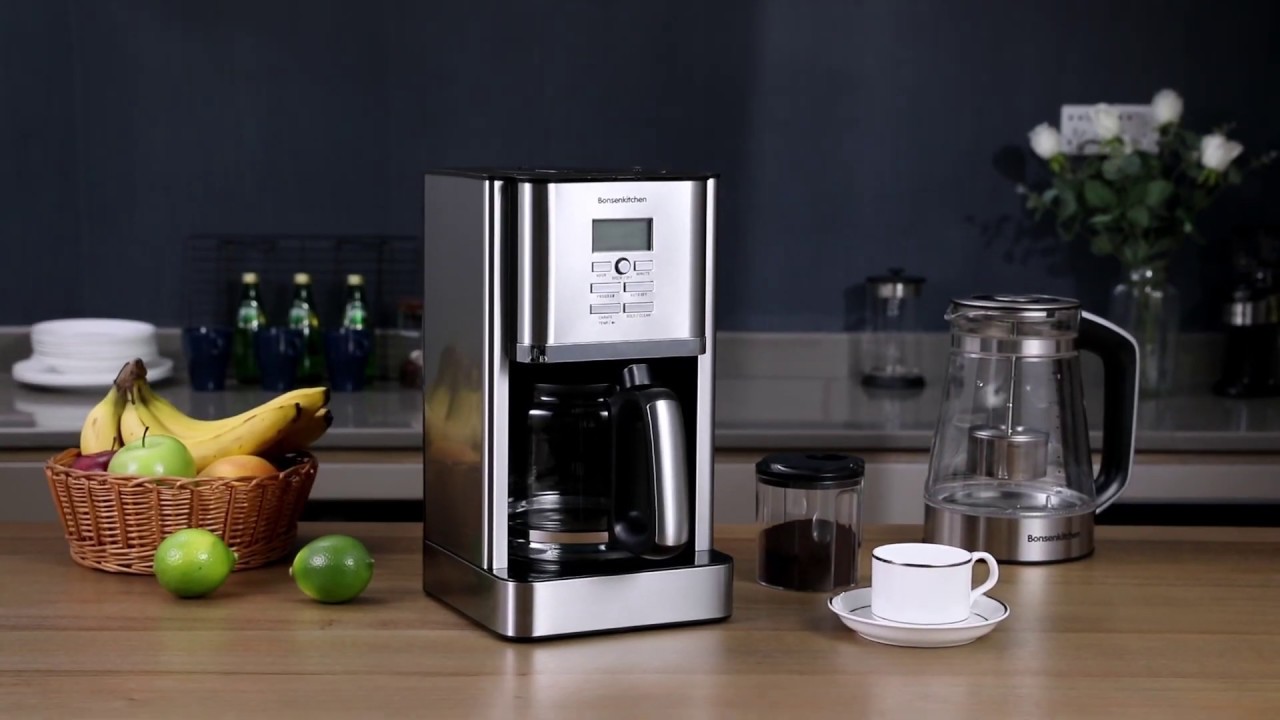
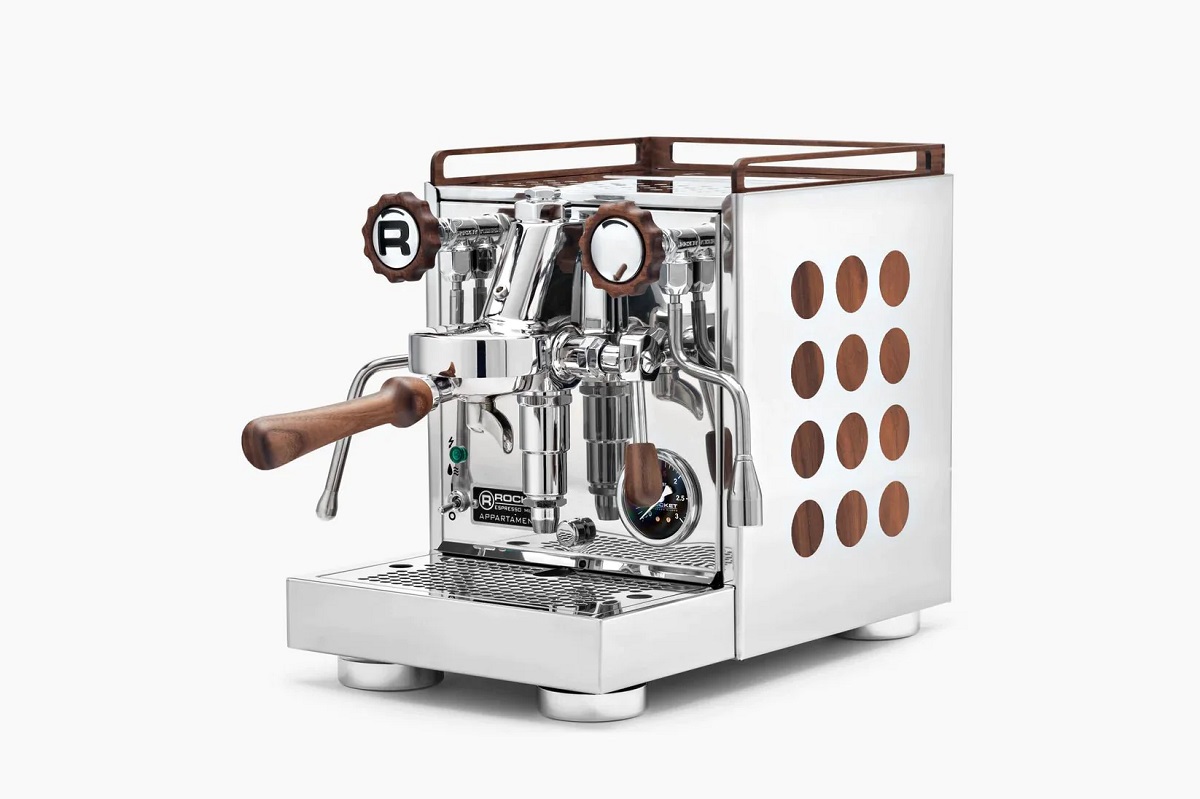
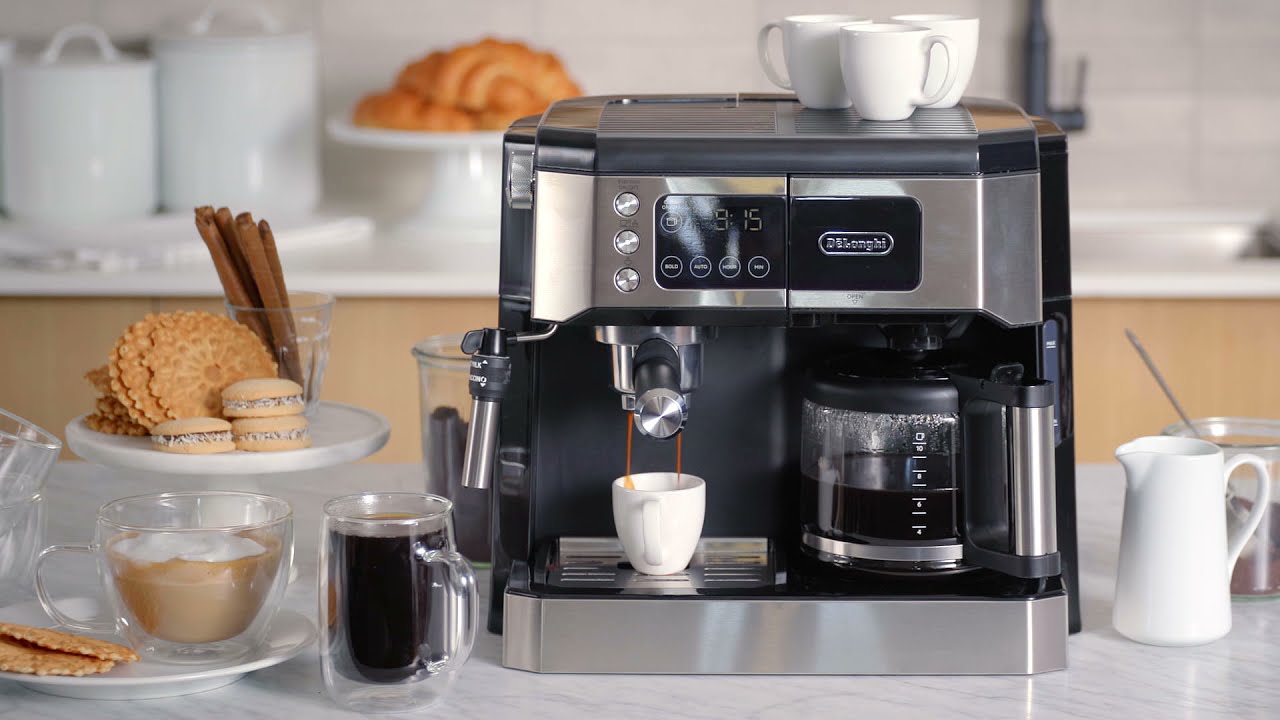
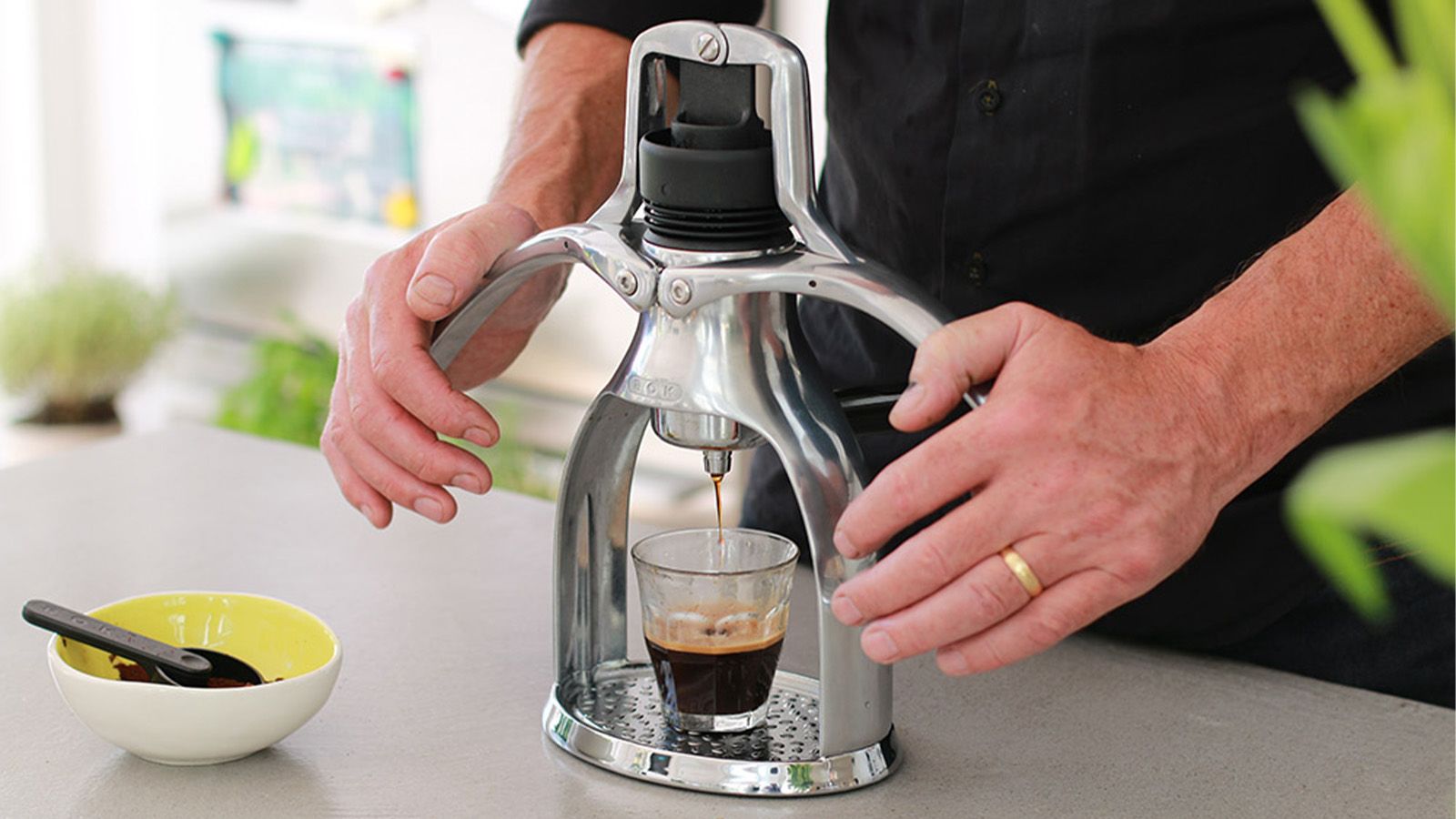
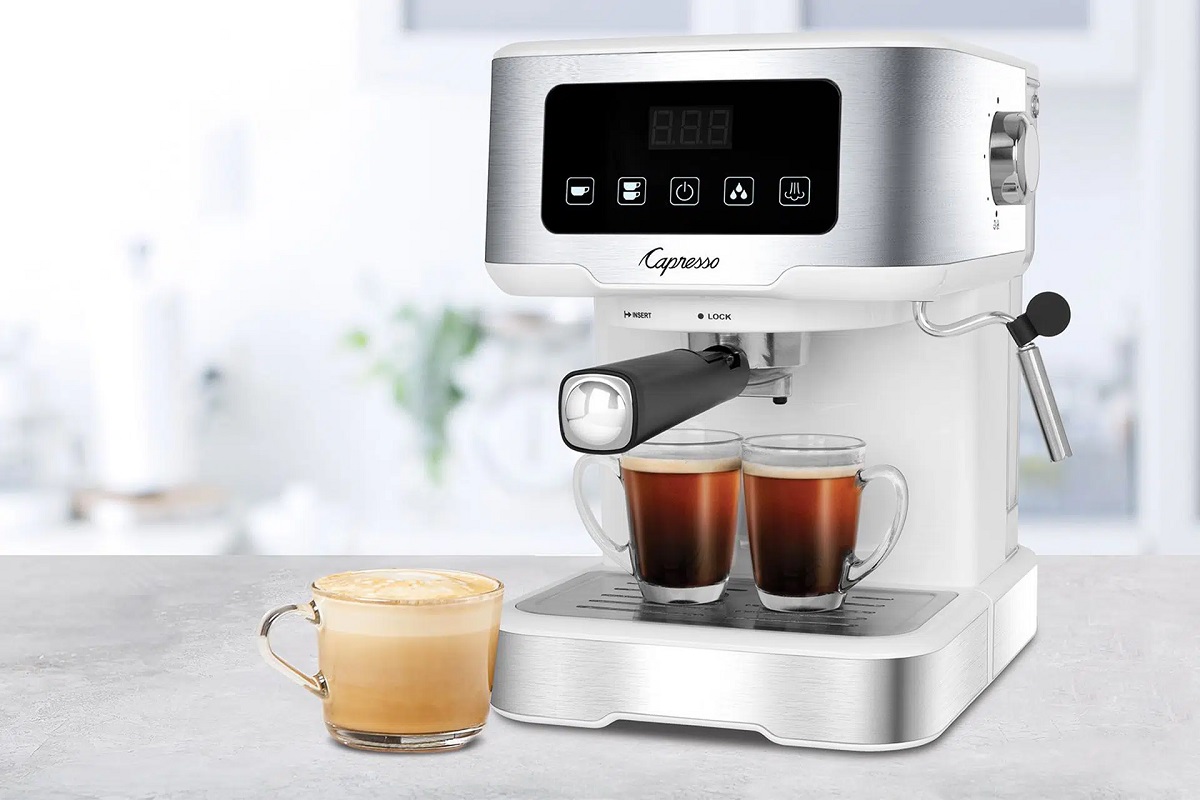
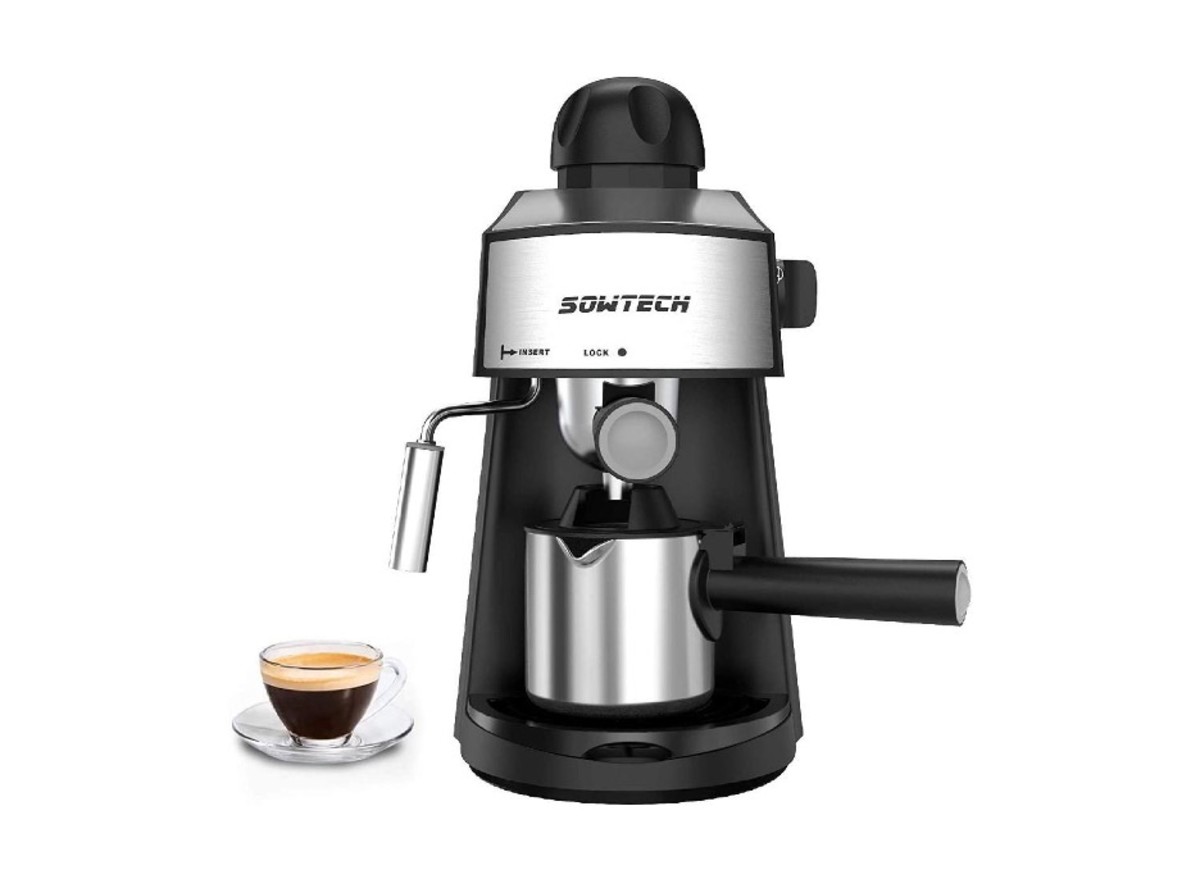
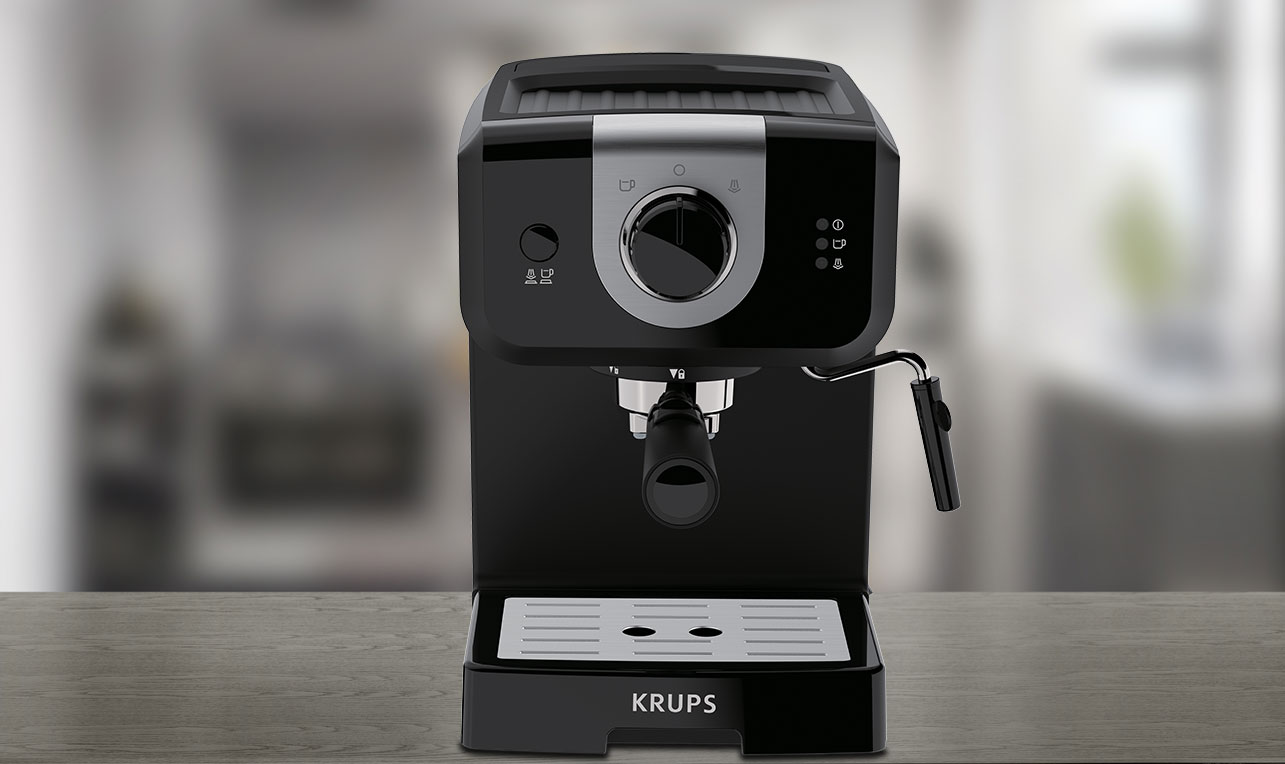

0 thoughts on “How To Use A Milk Frother On An Espresso Machine”